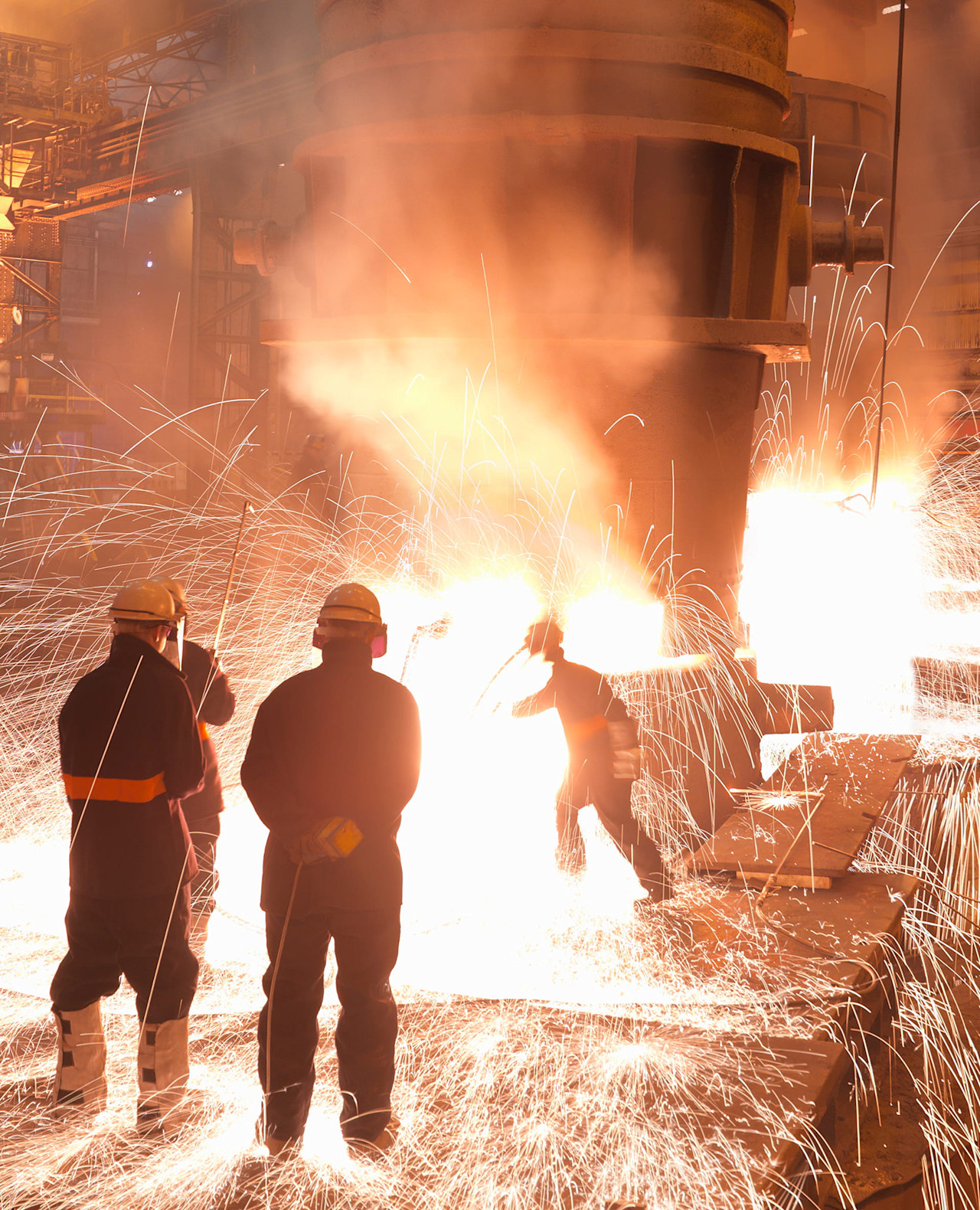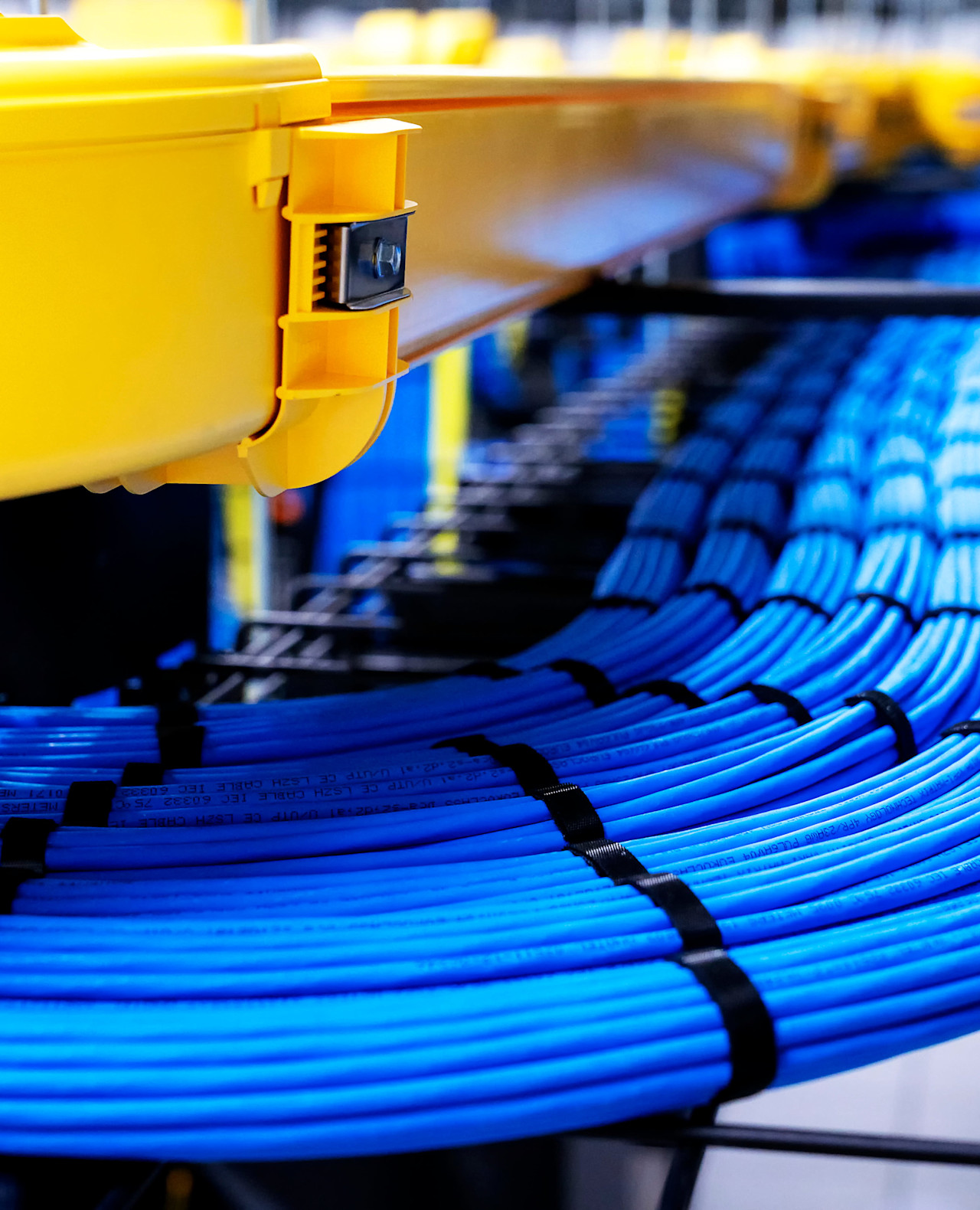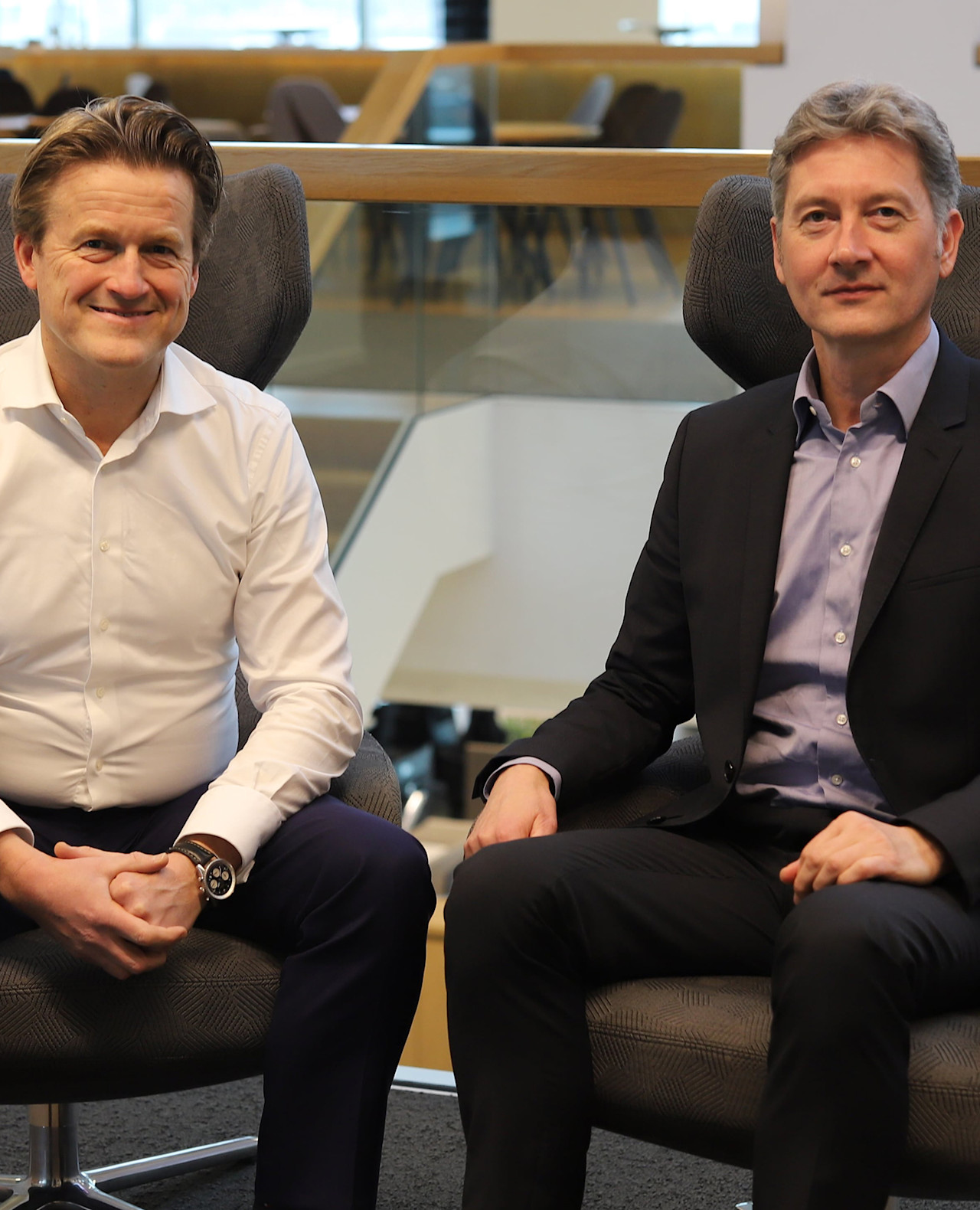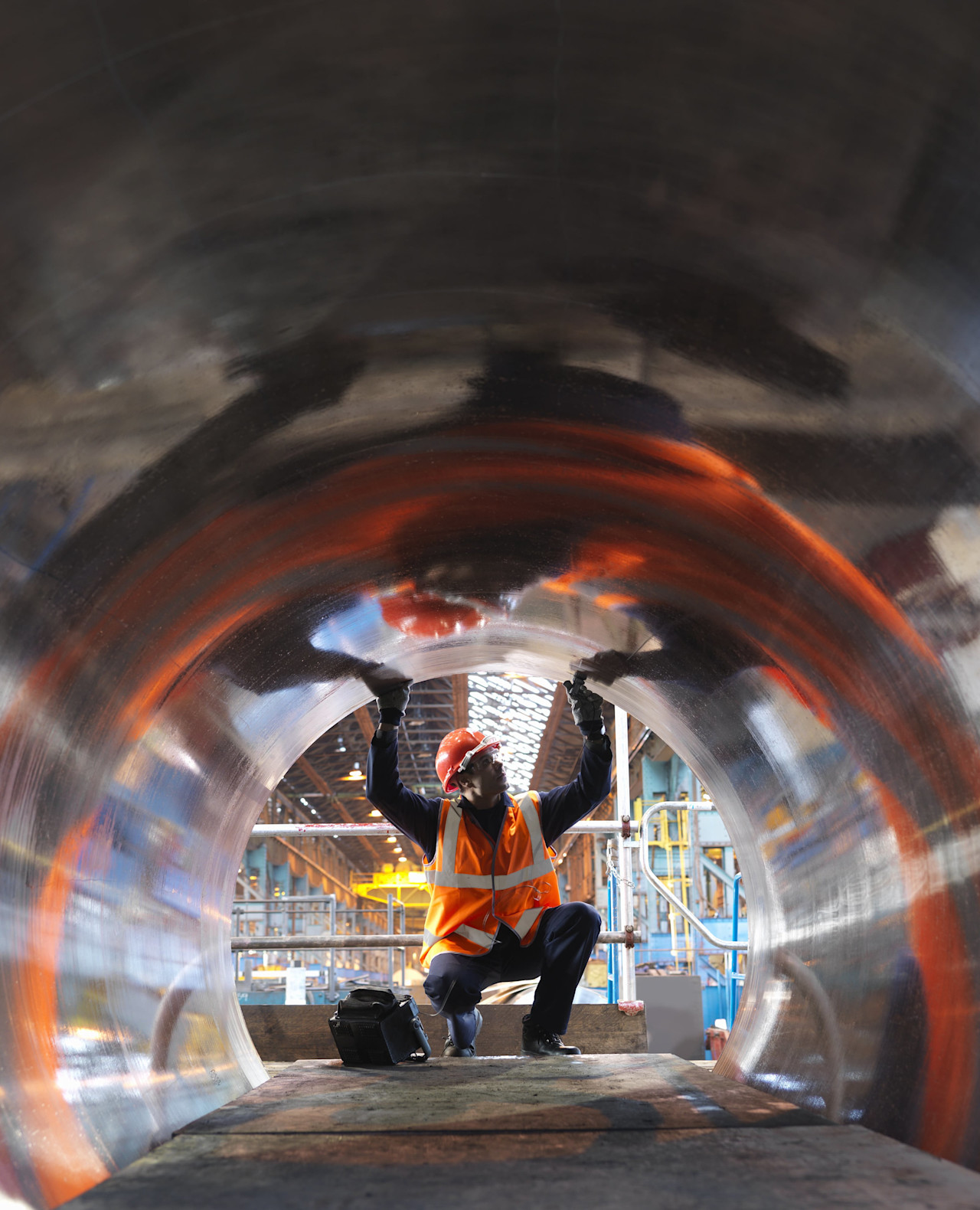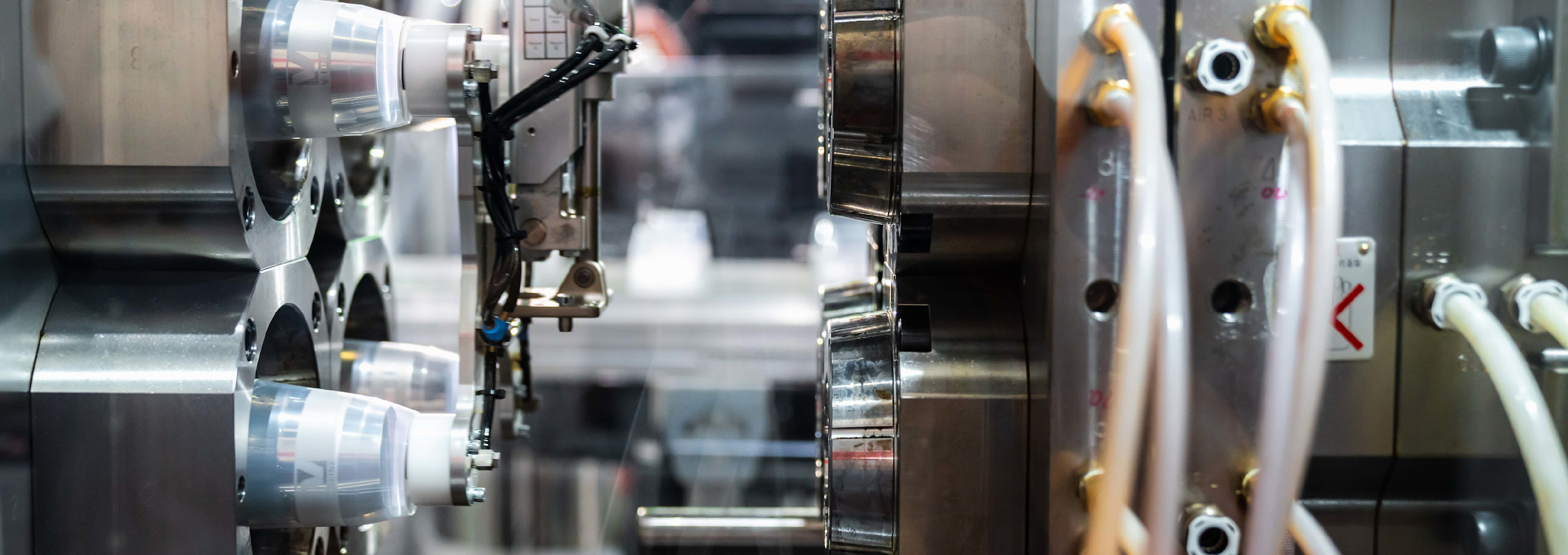

How capex holds the key to a self-sustaining economic recovery
Capital expenditure to fix supply shortages and meet burgeoning demand is seen figuring strongly in the post-Covid recovery.
概要
- Companies need to expand capacity to meet pent-up demand
- Rising unit labor costs incentivizes shift to capital-intensive production
- Capital expenditures ultimately lengthen the corporate earnings cycle
Companies are expected to invest heavily in new equipment and capacity as they seek to meet the pent-up demand released from economic reopening.
“The world is emerging from the pandemic, and much of the focus has been on the release of huge pent-up demand for goods and services that have been inaccessible for much of the past year,” says Peter Van der Welle, strategist with Robeco’s multi-asset team.
“But there is a bigger issue regarding the ability of companies to supply these goods and services, due to the supply side constraints that have emerged through economic reopening. We believe this is powering a resurgence in capital expenditure by companies, and those which are investing in new equipment to meet greater demand will be the more sought after stocks.”
Van der Welle says this trend can already be seen in the US Federal Reserve’s Capex Intentions Index, which shows that steep year-on-year increases in capital expenditures are planned.
“So, that's promising for a near-term rebound in the capex cycle,” he says. “The market has already picked up on that theme because you can see a clear outperformance of capex-intensive stocks compared to the broader market year to date.”

Capex of US corporates (blue line) which plunged during the pandemic is expected to bottom out given a steep rise in future capex intentions next 12 months (orange line).
Source: Refinitiv Datastream, Robeco
Fiscal dominance
Van der Welle says five elements support the multi-asset team’s view that capex will rise from here onwards. “The first is the overarching macroeconomic picture in that we are increasingly moving towards an environment of fiscal dominance and away from one that has been monetary-led via quantitative easing,” he says.
“Central banks have pursued very easy monetary policies, but they have hit the nominal lower bounds with regard to policy rates.”
“This is a hard constraint because real rates are difficult for central banks to push even lower than they are nowadays, given the strong consensus among both central bankers and market participants that inflation is transitory.”
Big spending plans
For stimulus, fiscal policy is better suited to address the negative supply shock that Covid-19 has posed. Fiscal dominance can be seen in the huge infrastructure spending planned in the US, with the USD 1.9 trillion American Rescue Plan already in motion, and the USD 2 trillion American Jobs Plan going through Congress. In Europe, the disbursement of the EUR 750 billion EU Recovery Fund is due to start later in July.
“An era of fiscal dominance is able to say goodbye to the secular stagnation thesis, which holds that the economy is suffering from under-investment,” says Van der Welle. “Under-investment due to insufficient demand, which was the biggest problem after the global financial crisis, has become less likely.”
“We saw very subdued consumption growth both in the US and elsewhere between 2009 and 2019. That story is reversing in the US. Households’ income has been supported by fiscal policy during the Covid-19 recession, while burgeoning consumer demand in the reopening phase could prove to be more sticky as employment prospects continue to improve in the medium term.”
Tobin’s Q looks good
A third reason to expect higher capex is driven by ‘Tobin’s Q’ – the market value of a company divided by its assets' replacement cost. If this ratio is above one, then corporates have an incentive to invest directly in the underlying assets rather than buying another company at market value to acquire the same assets.
The Tobin’s Q ratio is currently at 1.7 for the US. “So it's very expensive to do M&A, and it is wiser for corporates to invest in the underlying capital goods themselves,” Van der Welle says.
“We should therefore expect a gradual move away from M&A activity towards companies making direct investments in capital goods.”
Tobin’s Q has reached 1.7 in the US as corporate capex starts to tick up

Source: Refinitiv Datastream, Robeco
Supply-side constraints
The fourth element is the severe supply-side constraints seen in the global economy, as capacity shut down during the pandemic.
“This is reflected in the ISM Prices Paid Index, which reached an all-time high in June in reflection of rampant shortages of raw materials and labor,” says Van der Welle.
“Clearly the issue today following the pandemic is not demand related, but supply related. This will also trigger more awareness to push the productivity frontier and incentivize capital expenditure.”
Less reliance on labor
The fifth element is the partial substitution from labor to capital in the US against the backdrop of lingering labor shortages.
“A decline in the labor force participation rate shows that people are not quickly returning to the labor force, as they have been disincentivized by the subsidies and pay checks they have gained from the stimulus plans, and/or structural changes in their work/life balance due to the pandemic,” says Van der Welle.
“When the cost of labor becomes more expensive, substituting labor with capital becomes more attractive for employers. Typically, the inflection point for capex intentions becoming positive is when unit labor costs rise by more than 2% year on year, which is the case today.”
Capex will lengthen the earnings cycle
Regarding earnings, there is a significant relationship between capex intentions and productivity, though the lag from intending to invest to actually getting a realized productivity gain is quite long – up to several years.
Higher capex that eventually brings higher productivity growth will sustain the earnings cycle, Van der Welle says. Higher productivity gives corporates more pricing power because they suppress unit labor costs, and that means profit margins can stay elevated for longer.
Important information
The contents of this document have not been reviewed by the Securities and Futures Commission ("SFC") in Hong Kong. If you are in any doubt about any of the contents of this document, you should obtain independent professional advice. This document has been distributed by Robeco Hong Kong Limited (‘Robeco’). Robeco is regulated by the SFC in Hong Kong. This document has been prepared on a confidential basis solely for the recipient and is for information purposes only. Any reproduction or distribution of this documentation, in whole or in part, or the disclosure of its contents, without the prior written consent of Robeco, is prohibited. By accepting this documentation, the recipient agrees to the foregoing This document is intended to provide the reader with information on Robeco’s specific capabilities, but does not constitute a recommendation to buy or sell certain securities or investment products. Investment decisions should only be based on the relevant prospectus and on thorough financial, fiscal and legal advice. Please refer to the relevant offering documents for details including the risk factors before making any investment decisions. The contents of this document are based upon sources of information believed to be reliable. This document is not intended for distribution to or use by any person or entity in any jurisdiction or country where such distribution or use would be contrary to local law or regulation. Investment Involves risks. Historical returns are provided for illustrative purposes only and do not necessarily reflect Robeco’s expectations for the future. The value of your investments may fluctuate. Past performance is no indication of current or future performance.







